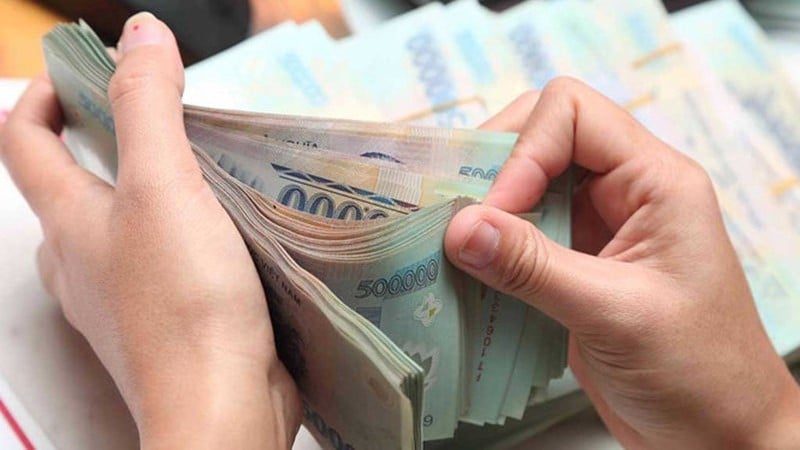
Real estate is often the sector that benefits the most when cash flow fluctuates. After a long period of maintaining a low level, savings interest rates at many banks have been quietly increasing in short terms, leading to an upward trend in lending interest rates. Although the State Bank has maintained its liquidity support policy and has not signaled a monetary tightening when it has not restarted the channel of withdrawing money through treasury bills since June, the interest rate level is currently under a lot of pressure.
In fact, when interest rates increase sharply, the first and most obvious impact is the decline in liquidity in the market. Homebuyers, especially those using loans, will reconsider their financial plans. Meanwhile, real estate investors are more cautious with their portfolio expansion plans, because the expected profitability is unlikely to offset the increased cost of capital.
At the same time, project development enterprises face a double risk: financial costs increase while demand decreases, causing cash flow to slow down and new supply to shrink. When supply decreases, transactions stagnate, and prices therefore find it difficult to maintain the same upward momentum as in the previous period.
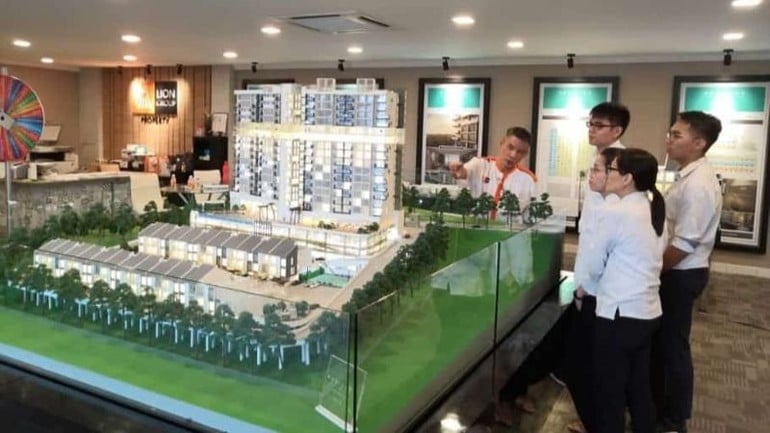
With the characteristic of using large debt leverage, real estate is the investment channel most directly and deeply affected by interest rate fluctuations. In the past, the Vietnamese market experienced a sharp decline in the period 2011-2013, when lending interest rates exceeded the threshold of 18%-20%/year. Many businesses and investors had to sell off assets to cut losses, causing the market to "freeze" for a long time, real estate prices in many areas decreased by 30-40%, even in the central area.
Part of the reason comes from the investment mentality of relying on short-term loans, while real estate projects and assets have long investment cycles. When capital costs increase suddenly, cash flow is disrupted, and the risk of illiquidity is almost inevitable.
Pressure also comes from preferential home loans. However, the preferential period is only temporary. When entering the floating interest rate period, if the general interest rate increases, the pressure to repay the debt will increase sharply. Many customers fall into the situation of "not paying any principal but the interest has doubled". When market liquidity is low, reselling products to cut losses becomes difficult and the risk of bad debt can return to the credit system.
Real estate businesses are facing double risks when interest rates rise. On the one hand, they have to bear higher financial costs for loans to implement projects. On the other hand, purchasing power in the market declines when people have difficulty accessing loans to buy houses.
Meanwhile, the corporate bond mobilization channel has not yet fully recovered. New issuance is still cautious, while the amount of maturing bonds remains high, forcing many businesses to manage cash flow by selling off land funds, delaying construction progress or negotiating with contractors and banks to extend payment time.
Not only affecting ongoing projects, the prolonged high interest rate also weakens the ability to expand land funds and start new projects. As a result, housing supply is at risk of a significant decline in the medium term.
Another consequence is the indirect impact on public investment and infrastructure costs. When raw material prices, labor costs, and site clearance increase, the progress of many key transportation projects is slowed down. This directly affects the price increase expectations of areas that were predicted to “benefit from infrastructure”, putting many secondary investors in a difficult position.
Despite many challenges, the long-term outlook for Vietnam’s real estate market remains positive, thanks to the strong real housing demand and urbanization. As the economy grows, segments such as housing, industrial real estate, office for lease and retail will maintain stable demand.
The Vietnam Real Estate Brokers Association believes that, at present, home buyers should take advantage of the opportunity when interest rates are still low and supply is recovering. Accordingly, the use of loans should be controlled at a safe level, not exceeding 50% of the property value, to avoid risks when interest rates may reverse. Buyers should also prioritize choosing projects by reputable investors with strong financial capacity, legal guarantees and construction progress, especially with housing products formed in the future.
Source: https://baoquangninh.vn/lai-suat-tang-phep-thu-cho-thi-truong-bat-dong-san-3384151.html





![[Photo] Prime Minister Pham Minh Chinh attends a conference to review one year of deploying forces to participate in protecting security and order at the grassroots level.](https://vphoto.vietnam.vn/thumb/1200x675/vietnam/resource/IMAGE/2025/11/12/1762957553775_dsc-2379-jpg.webp)
![[Photo] The "scars" of Da Nang's mountains and forests after storms and floods](https://vphoto.vietnam.vn/thumb/1200x675/vietnam/resource/IMAGE/2025/11/13/1762996564834_sl8-jpg.webp)









![[Photo] Prime Minister Pham Minh Chinh chairs a meeting on housing policy and the real estate market.](https://vphoto.vietnam.vn/thumb/402x226/vietnam/resource/IMAGE/2025/11/11/1762838719858_dsc-2107-jpg.webp)




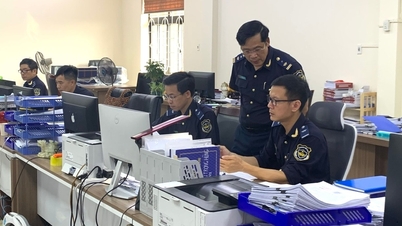

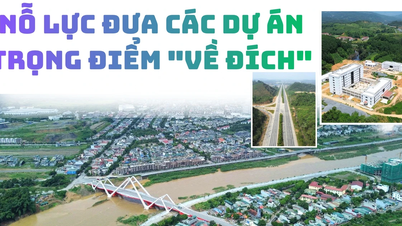

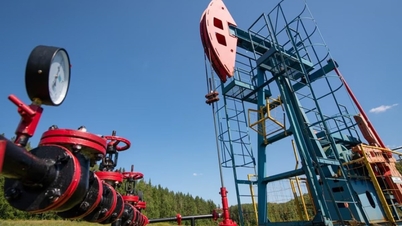










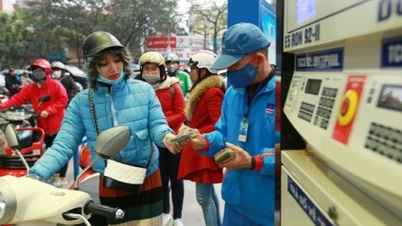




![[Photo] Highways passing through Dong Nai](https://vphoto.vietnam.vn/thumb/1200x675/vietnam/resource/IMAGE/2025/11/12/1762940149627_ndo_br_1-resize-5756-jpg.webp)













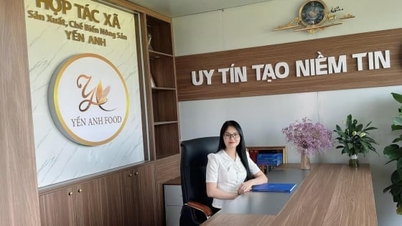






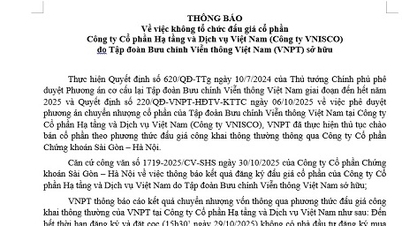






























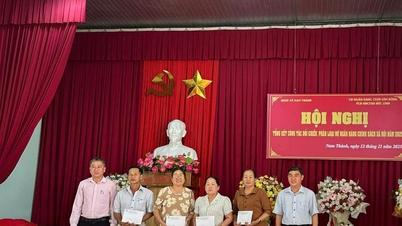









![Dong Nai OCOP transition: [Article 3] Linking tourism with OCOP product consumption](https://vphoto.vietnam.vn/thumb/402x226/vietnam/resource/IMAGE/2025/11/10/1762739199309_1324-2740-7_n-162543_981.jpeg)







Comment (0)